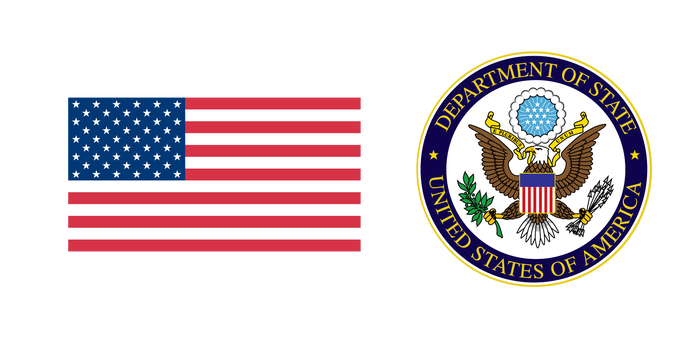- Why is the work of PeaceTrees Vietnam still needed?
- Who does the actual demining and ordnance clearance work in Vietnam?
- What is an explosive ordnance (EO)?
- What is a cluster munition?
- What is Explosive Ordnance Risk Education?
- Where does PeaceTrees Vietnam get its funding and support?
- What are PeaceTrees Vietnam citizen diplomacy trips?
- Besides giving financial support, what else can I do to support PeaceTrees Vietnam?
-
Since the war ended, more than 40,000 people have been killed in Vietnam by the dangerous ordnance left behind. Although we have worked diligently to remove explosives from Quảng Trị since 1995, much remains to be done. Unexploded weapons are still buried beneath more than 80 percent of the land in Quảng Trị Province. An estimated 19% of the landmass of Vietnam remains contaminated. Over 45 years after the end of the U.S.-Vietnam War, PeaceTrees EOD teams continue to find 60-100 UXO each week. Until they are safely removed from the areas near homes, fields, and schools, explosive ordnance will continue to put residents in danger.
Explosive ordnances are especially hazardous for children. They are often the size and shape of a baseball or softball, and children can easily mistake them for toys. Additionally, when parents are killed or lose the ability to work, their families often suffer economically, resulting in a generational cycle of poverty rooted in the legacy of war.
PeaceTrees Vietnam’s mission is to heal the legacy of war by removing dangerous explosives, returning land to safe use, promoting peace, and cultivating a brighter future for the children and families of Vietnam. We believe that restoring land to safety isn’t enough to restore prosperity to regions devastated by the war. We also support community-led development initiatives to help ensure communities can thrive once EO have been removed.
-
PeaceTrees Vietnam sponsors the clearance of landmines, bombs, and other forms of explosive ordnance. The work itself is performed by Vietnamese Explosive Ordnance Disposal Technicians who are trained, supported, and supervised following United Nations International Mine Actions Standards.
-
An Explosive Ordnance (EO) as defined by the United Nations Mine Action Service (UNMAS), encompasses mine action’s response to the following munitions: Mines, Cluster Munitions, Unexploded Ordnance (including mortars, cluster munitions, mines, artillery shells, and grenades that have been primed, fused, armed or otherwise prepared for use, that have failed to detonate either through malfunction or design), Abandoned Ordnance, Booby traps, Other devices (as defined by CCW APII), and Improvised Explosive Devices.
-
Cluster Munitions, some of the most hazardous EO in Vietnam, are typically released from a large clamshell-like container that disperses hundreds of small bomblets. These bomblets are designed to detonate after a specified number of rotations, but they have a very high failure rate (up to 30% in Vietnam) which means that they leave large swaths of land contaminated by unexploded ordnance. Cluster munitions are particularly dangerous for children who often mistake them for toys because they are brightly colored and the size and shape of a baseball or softball.
-
Explosive Ordnance Risk Education (EORE) are “refers to activities which seek to reduce the risk of injury from EO by raising awareness of women, girls, boys and men in accordance with their different vulnerabilities, roles and needs, and promoting behavioral change. Core activities include public information dissemination, education, and training.” (International Mine Action Standards 12.10)
-
Generous people like you provide PeaceTrees Vietnam with critical financial support to advance our mission. Our work also is funded by grants from charitable foundations and federal government agencies. Our growing community of support includes philanthropists, businesses, veterans and their family members, humanitarians, and volunteers who are inspired by our mission. We also receive products and services from supportive businesses. We welcome gifts of “time, talent and treasure.”
-
Our citizen diplomacy trips are designed to reach beyond stereotypes and simplistic views and provide an opportunity for travelers to experience Vietnam from a unique and rewarding perspective. Travelers make personal connections with our Vietnamese partners by working alongside them, sharing meals, and planting trees. Our trips include several days in Quảng Trị Province, visiting PeaceTrees projects and observing Explosive Ordnance Technicians in the field. Trips also provide an opportunity to explore Vietnam, including its scooter-filled cities, gracious old towns, beautiful beaches, and sobering battlefields. Cost for the trip varies depending on airfare and the number of participating travelers.
-
PeaceTrees Vietnam is a hands-on, grassroots organization that relies on networking and volunteerism from supporters. You can help us spread the word through an invitation to speak at your community group, church, classroom or service organization. You can also join our email newsletter, support PeaceTrees Vietnam by distributing materials to potential supporters, or host small gatherings so your friends can learn about PeaceTrees’ work.

















